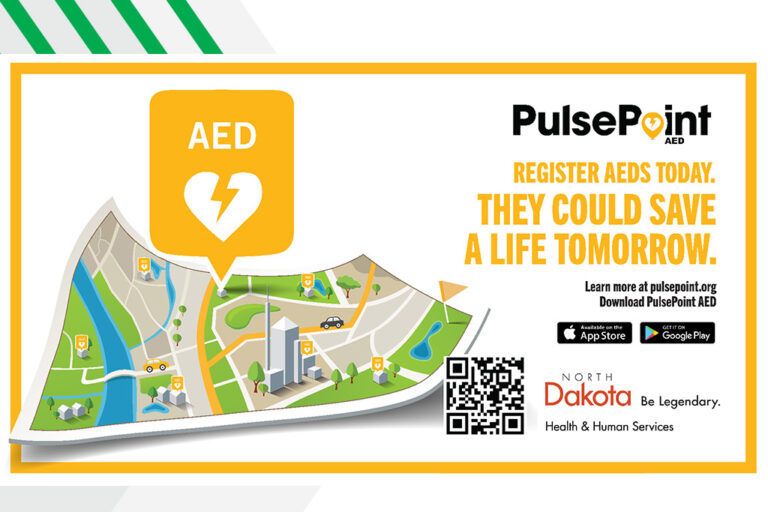Shea presents workshop on making low cost medical task trainers at SimOps 2022
Tim Shea, simulation operations specialist for the SMHS Simulation Center, presented at the Meeting for Healthcare Simulation Operations Specialists (HSOS), or “SimOps,” in Cincinnati, Ohio, in July.
In a four-hour pre-conference workshop, Shea presented “The art of making low cost medical task trainers” for his national colleagues. The course guided participants through the key stages of the design and development process of creating medical task trainers.
The Society for Simulation in Healthcare (SSH), which sponsors the conference, is the premier professional society for healthcare simulation experts, where educators, researchers, developers, and clinicians are able to collaborate and network with their peers around the world. The conference is focused on providing education and training to healthcare simulation professionals engaged in the operational technologies and management of healthcare simulation. It is aimed at providing attendees with a comprehensive menu of basic to advanced levels of integration of simulation technology and information to further develop technological and operational advances within a simulation program. This program proposes a variety of engaging sessions that include keynote and large group presentations, interactive workshops, and technology specific workshops aimed at providing specific, immersive education and training.
The event had more than 250 attendees.
Among many others, some of the manual task trainers Shea presented upon include:
- Airway Manikin
- Oral Suction Manikin
- Tracheal Suctioning Machine
- Massive Vomiting Airway Trainer
- Bleeding Wound Pump
- Bleeding Skin
- IO Trainer Adult and Infant
- Surgical Airway Training Platform
- Pedal Edema Trainer
- Birthing Trainer Box
- Wound Packing Trainer
Participants learned how to build these items by learning to: repurpose spare parts, use discarded medical supplies, obtain new parts from low cost sources, and/or make the components of these trainers themselves. While many of these devices can be made for $15 or less, they are high quality, very realistic, and ideal for initial skills learning. Instructors can inexpensively create a simulation that gives the learner a very realistic experience to begin learning life-saving procedures. Participants in this workshop learned where these parts can be obtained and how to make and assemble these parts into various trainers.
Tim also presented three other workshops on: Cardiac Rhythms for the Sim Tech, Making Low Cost Suction & Bleeding Trainers, and Manikin & Room Modifications to improve learning experiences. He also gave a video presentation on how to make “moulage gelatin.”


